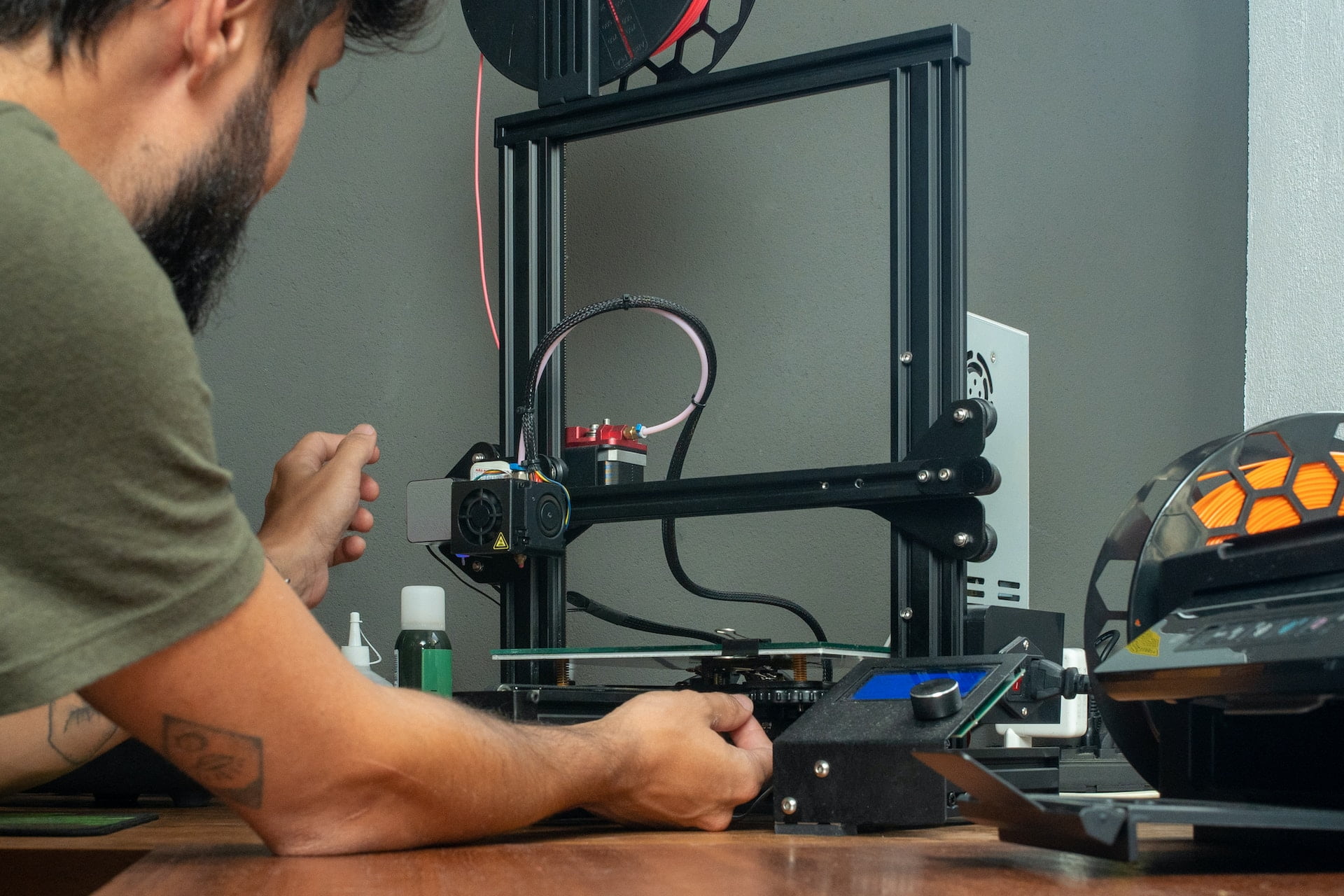6 Ways 3D Printing Is Transforming Motorsports
3D printing has revolutionized various industries, and motorsports is no exception. This cutting-edge technology offers numerous benefits that have transformed the way teams design and manufacture components for race cars. In this article, we will explore six ways in which 3D printing can benefit motorsports, enhancing performance, efficiency, and customization. From rapid prototyping to lightweight parts and intricate designs, 3D printing has become a game-changer in the world of motorsports.
Rapid Prototyping and Iterative Design
One of the significant advantages of 3D printing in motorsports is its ability to facilitate rapid prototyping and iterative design. Traditional manufacturing processes often involve time-consuming and expensive tooling, which can hinder the design iteration process. With 3D printing, teams can quickly produce functional prototypes, test their performance, and make design modifications on the fly. This accelerated development cycle allows for faster innovation and optimization of race car components, giving teams a competitive edge.
Lightweight and High-Strength Parts
Weight reduction plays a crucial role in motorsports, as lighter vehicles tend to have better acceleration, handling, and fuel efficiency. 3D printing enables the creation of lightweight parts without compromising strength and performance. By utilizing advanced materials like carbon fiber composites and titanium alloys, 3D-printed components can be tailored to specific performance requirements. This lightweight advantage translates into improved speed, maneuverability, and overall performance on the race track.
Complex and Customized Designs
The intricate and complex geometries achievable with 3D printing have opened up new design possibilities in motorsports. Traditional manufacturing methods often have limitations in creating complex shapes, but 3D printing allows for the fabrication of intricate components with intricate internal structures, optimized aerodynamics, and integrated functionalities. This level of customization enables teams to fine-tune parts for specific racing conditions, improving overall performance and efficiency.
On-Demand Spare Parts
In the fast-paced world of motorsports, the availability of spare parts is crucial to keep race cars on track. 3D printing offers the advantage of on-demand manufacturing, allowing teams to produce spare parts quickly and efficiently. Instead of relying on lengthy supply chains and lead times, teams can simply print the required components on-site, reducing downtime and ensuring rapid repairs and replacements. This on-demand production capability enhances the overall efficiency and reliability of race cars.
Cost-Effective Manufacturing
While motorsports is known for its high costs, 3D printing has the potential to bring cost savings to teams. Traditional manufacturing processes often involve substantial tooling costs, especially for low-volume production runs or custom parts. 3D printing eliminates the need for expensive molds or dies, reducing upfront costs and enabling the cost-effective production of small batches or one-off components. This cost advantage allows teams to explore innovative designs and manufacturing techniques without breaking the bank.
Sustainable and Eco-Friendly Practices
With an increasing focus on sustainability, 3D printing offers motorsports teams an opportunity to adopt more eco-friendly practices. Compared to traditional manufacturing methods, 3D printing generates less waste, as it only uses the material required for the specific part being printed. Additionally, 3D printing enables the use of recycled or biodegradable materials, further reducing the environmental impact. By embracing this technology, motorsports teams can contribute to a more sustainable future while pushing the boundaries of performance.
So, there we have it. By transforming motorsport with 3D printing, a world of numerous advantages that enhance performance, efficiency, and customization is opening up. From rapid prototyping to lightweight and complex designs, 3D printing has revolutionized the manufacturing process for race car components. With on-demand spare parts and cost-effective production, teams can improve reliability and manage costs more effectively.




